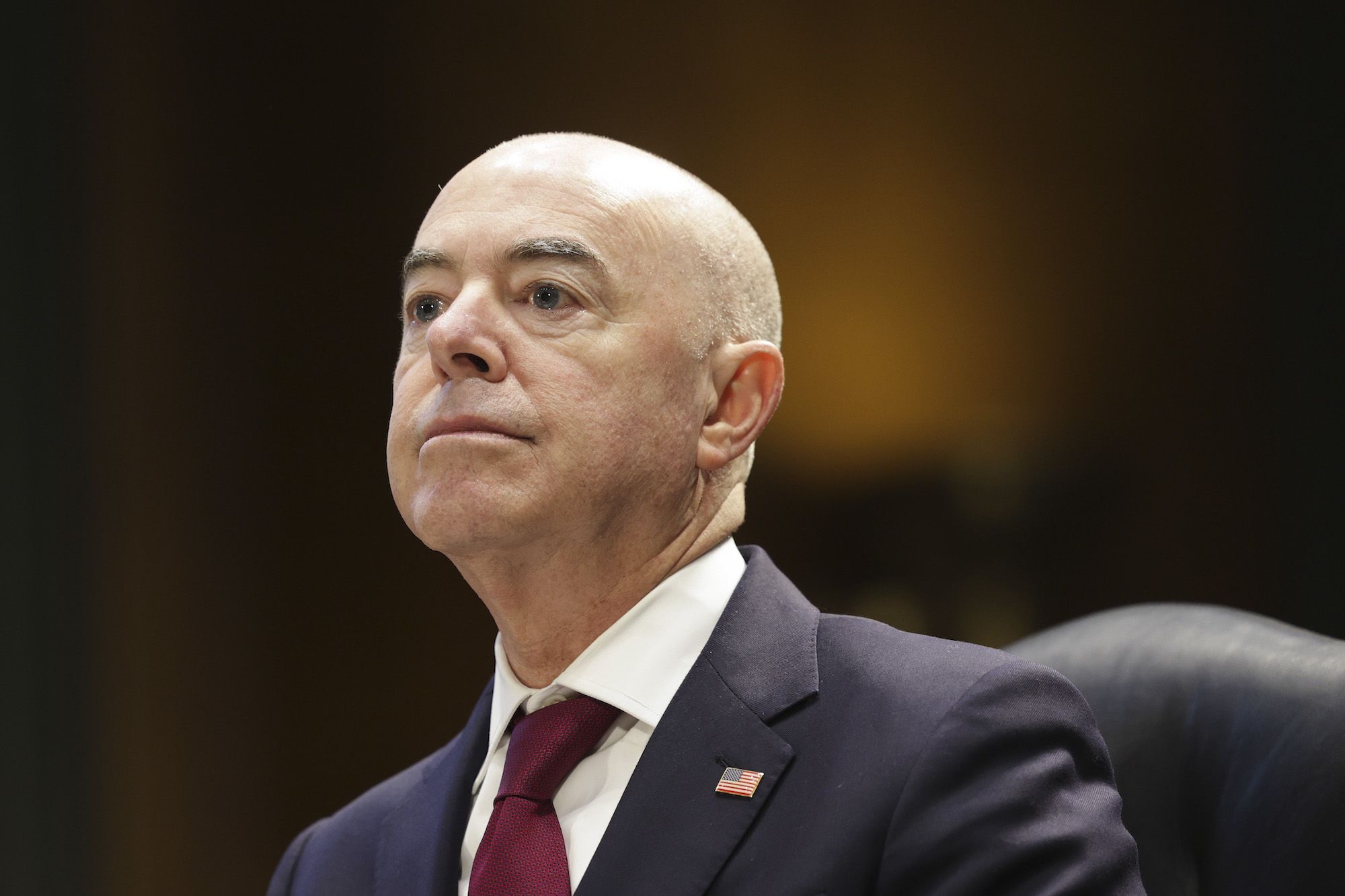October 7, 2024 – Homeland Security Secretary Alejandro Mayorkas is facing criticism for stating that FEMA cannot afford to help those in need, at a time when a DHS Inspector General report indicated that the agency was sitting on a disaster fund of at least $8.3 billion. The controversy unfolds at a time when Hurricane Milton (a Category 5) threatens to destroy Florida still recovering from Hurricane Helene.
Mayorkas admonished residents on 2 October: “We are expecting another hurricane hitting. We do not have the funds. FEMA does not have the funds to make it through the season and what is imminent.” Yet the message is not well received, as a recent DHS Inspector General report shows that billions of dollars worth of FEMA funds haven’t been spent, some in excess of 10 years ago.
Untapped Disaster Funds
According to the Inspector General’s August 2024 report, FEMA has $73 billion in unspent disaster relief funds from 847 disaster declarations, with $8.3 billion sitting idle for crises declared in 2012 or earlier. These funds, analysts say, could be redirected to aid current disaster relief efforts, particularly for regions devastated by Hurricane Helene and those in the path of Hurricane Milton.
Its report argues that more than $7 billion in idle dollars could easily be given back to the Disaster Relief Fund (DRF) for those hurting today. Even when such funds are available, FEMA has kept on pushing back the expiration dates of how to use them — sometimes up to 16 years without even any reason. For instance, $4.5 billion in unused funds allocated for Super Storm Sandy in 2012 is just one such case.
Mayorkas’ Statements Attract Controversy.
Mayorkas’ remarks have come in for harsh vetoing from lawmakers and budget analysts on the grounds that FEMA’s unappropriated billions refute his concerns of deficits. This is while Hurricane Milton is threatening to tear through Florida, driving out masses and adding more rubble to the destruction caused by Hurricane Helene. Helene hit earlier this year, claiming 600 people dead, 220 missing, and whole communities destroyed. It has been likened to Hurricane Katrina of 2005 in the magnitude of damage.
FEMA’s response to the two hurricanes, for example, has come in for intense examination, as is its involvement in disaster response. Critics, including Rep. Nancy Mace (R-S.C.), and others have expressed disapproval of FEMA diverting disaster money elsewhere. The government documents indicate that FEMA spent $1.1 billion to provide shelter and services for illegal immigrants at the southern border, prompting Mace to propose a bill that would prohibit FEMA from operating migrant shelters.
A “Slush Fund” Charge?
This revelation that FEMA has billions of dollars of surplus money has led some commentators to accuse the agency of building up a “slush fund.” Jeremy Portnoy of the consumer watchdog Open the Books noted that FEMA locked away grant money for prior crises, which would be unavailable to use for current disasters.
In addition, the Inspector General’s report suggests that the longer these funds lie undisclosed, the more susceptible they are to fraud, waste and abuse. Typically, FEMA’s extensions of deadlines for unliquidated funds have been “subjective,” so one can wonder if the agency is properly directing its disaster assistance budget.
FEMA is subject to some laws about how money must be used from disasters past, Portnoy pointed out, but repeated extensions suggest a lack of transparency and accountability, ‘FEMA needs to show me why they’re squandering billions in disaster funds when ongoing crises like Helene and Milton are displacing and desperate people,’ he said.
FEMA’s undeclared money scandal erupts during a politically fraught period for the Biden-Harris administration, which has already been berated for its handling of Hurricane Helene. The administration has come under fire for how it spends disaster aid money — not least FEMA is spending money on the border emergency.
Republican have been quick to highlight how the Biden administration’s use of FEMA non-disaster-related activities could have crippled it for the rising tide of natural disasters. In the United States alone, 28 storms last year damaged more than $1 billion, and 2024 already has 19 billion-dollar storms — highlighting how crucial effective disaster recovery is.
Such a recent scandal begs the question whether FEMA is in control or whether it has become more of a political weapon for bringing crises to bear outside its mandate. The question of FEMA’s budget and disaster preparedness has only escalated as Hurricane Milton comes near and Florida gets closer to its next storm.
Looking Ahead
Even with Hurricane Milton threatening more destruction, the fight over FEMA’s handling of disaster aid money is only going to get fiercer. Billions of dollars of frozen funds could be earmarked for use at short notice, and the agency’s priorities and governance arrangements will continue to dominate national discussion.
As Congress and independent investigators push for more openness from FEMA and the Biden administration, the agency’s ability to respond quickly to new disasters will come into question. Meanwhile, millions of Americans remain torn as to whether the funds that are in place to safeguard them in an emergency will be released before too late.
For more, see Reuters and The Washington Post.

